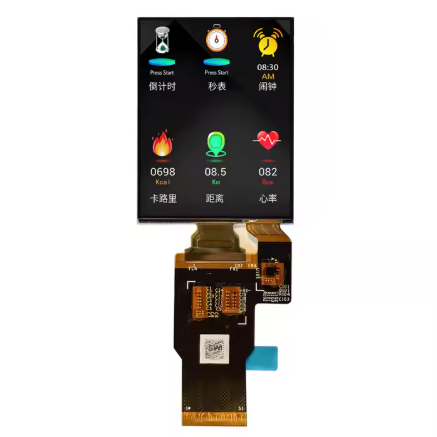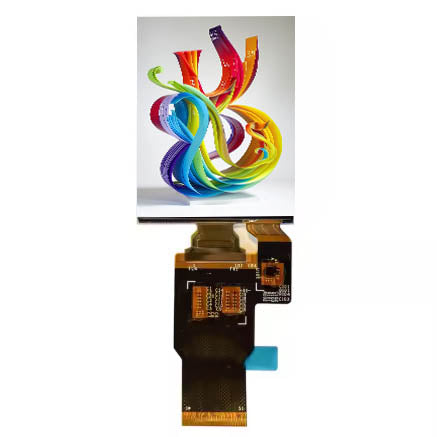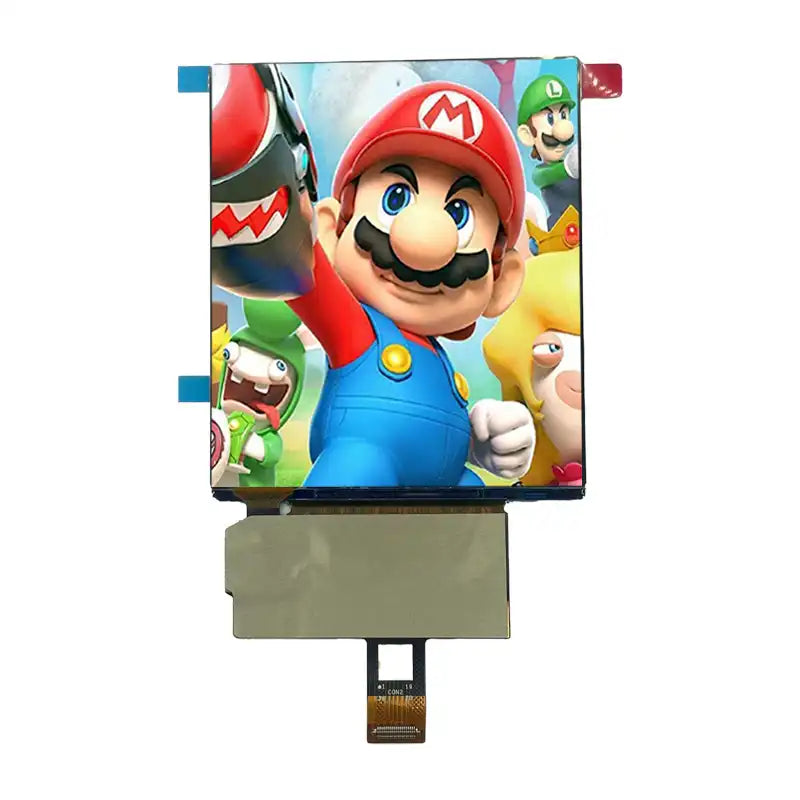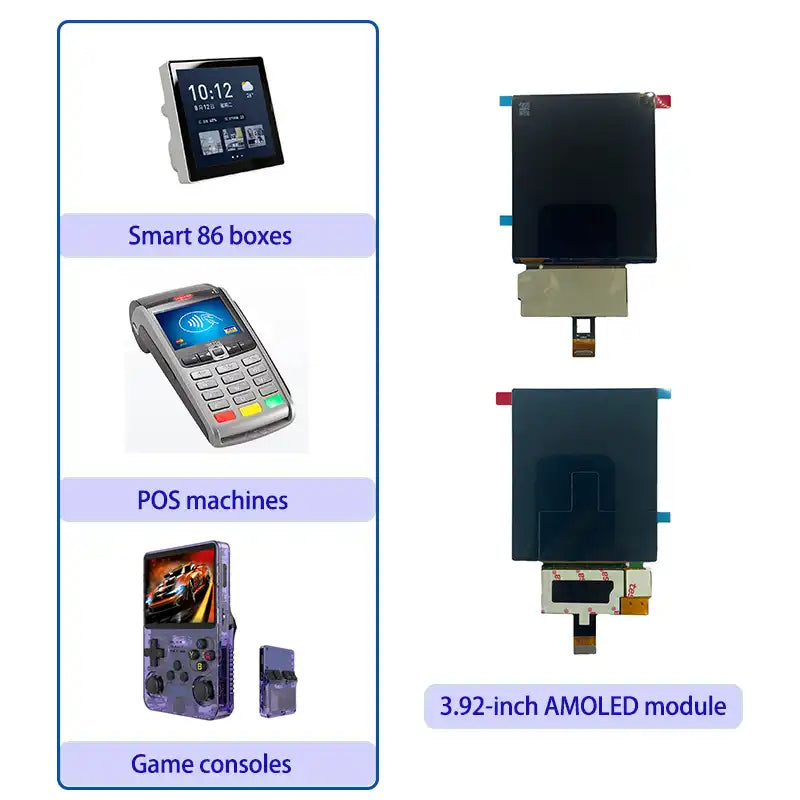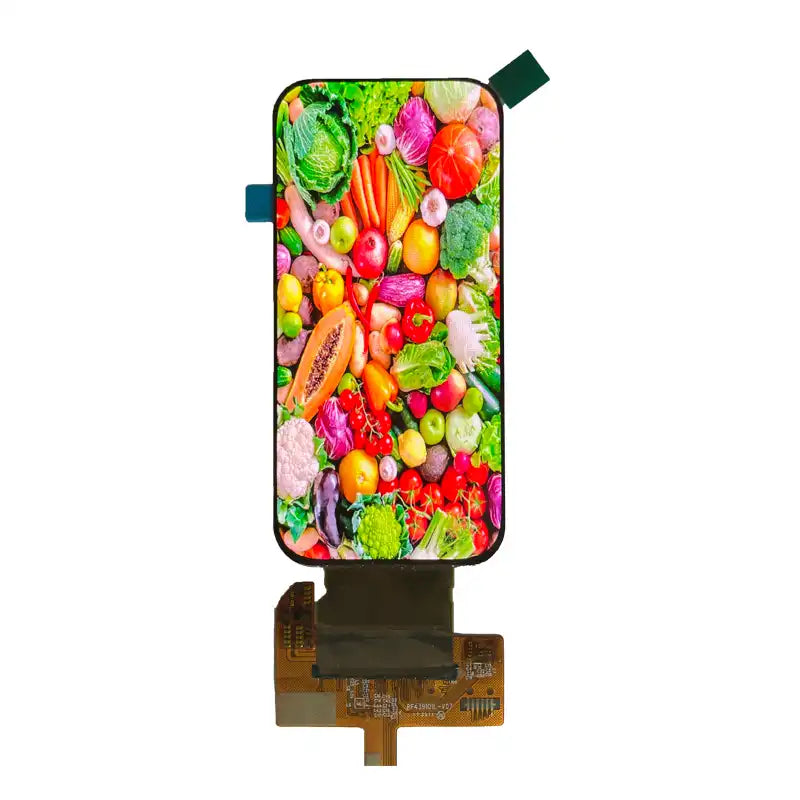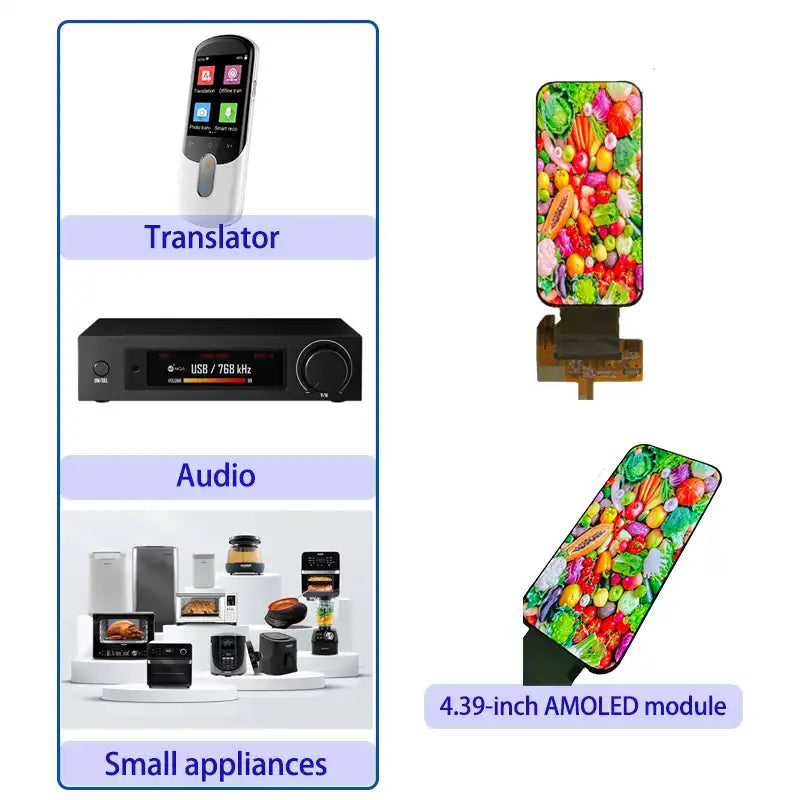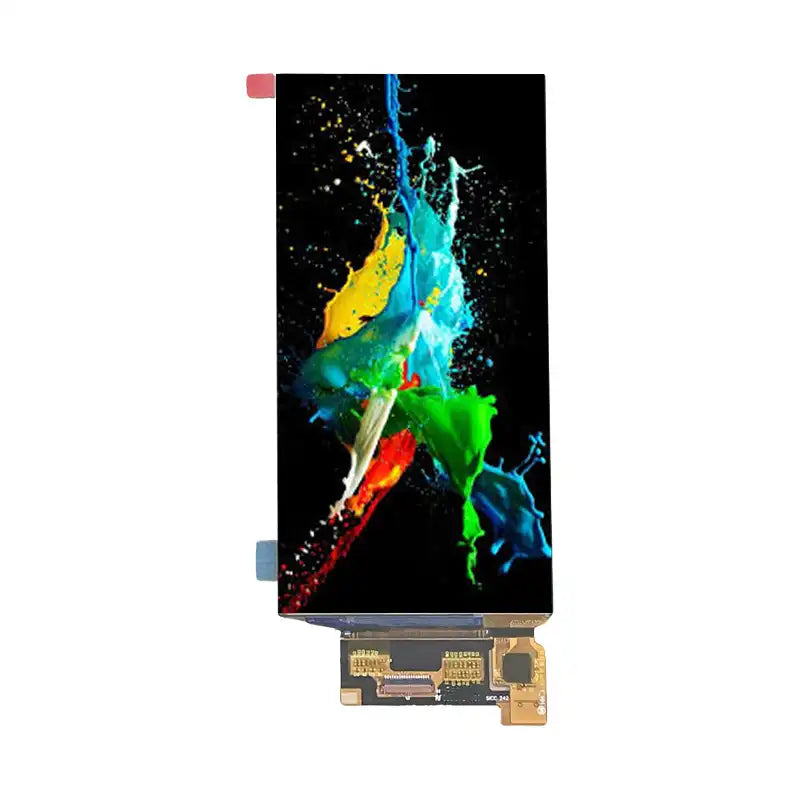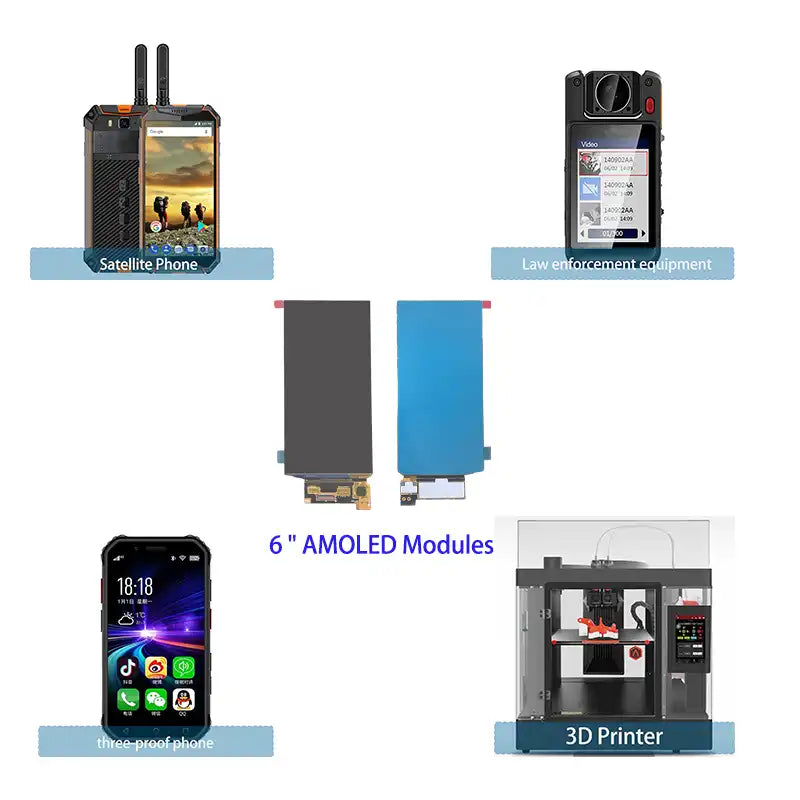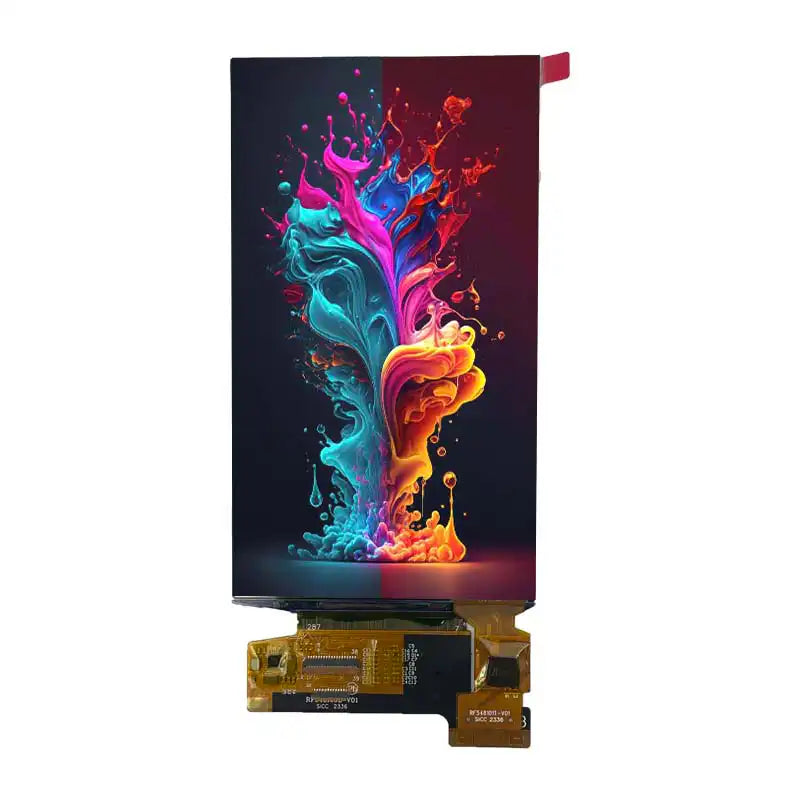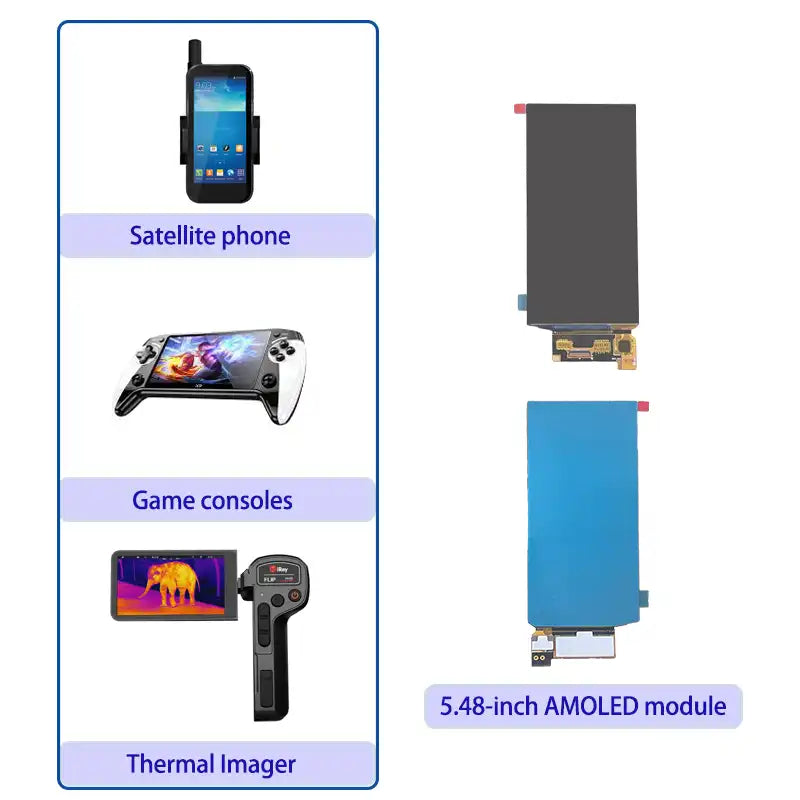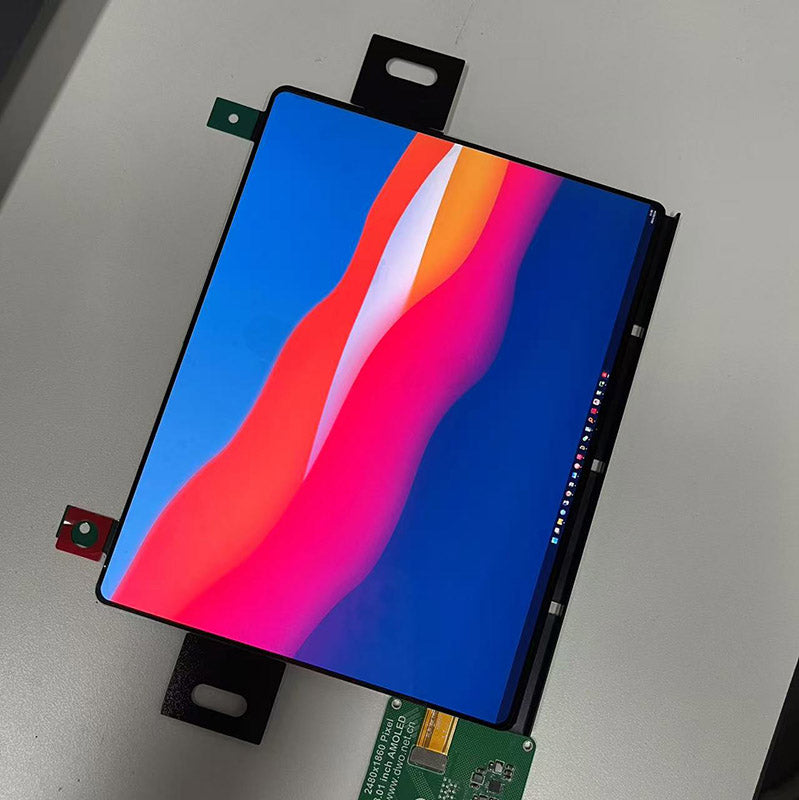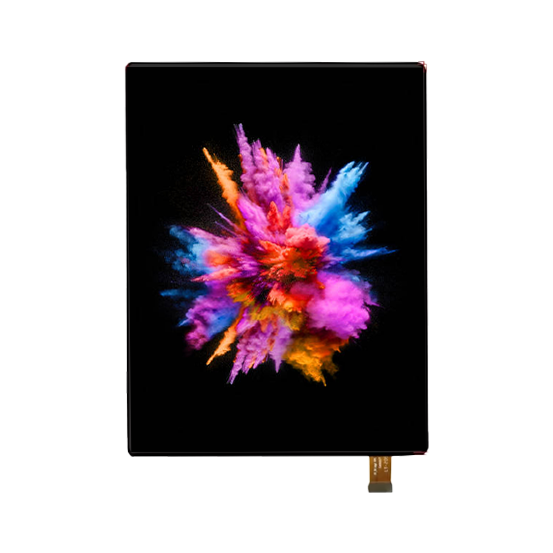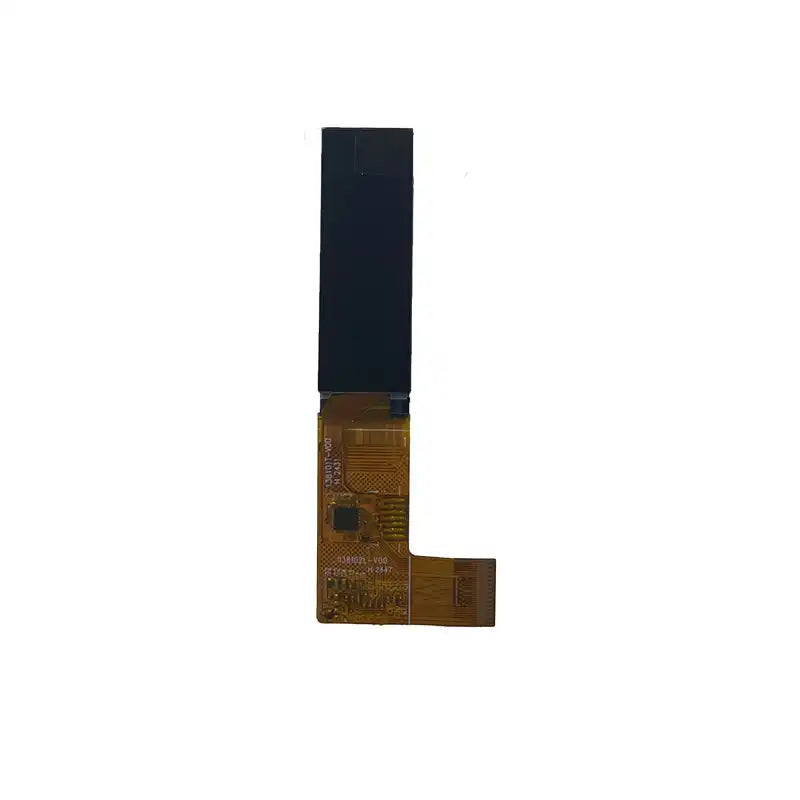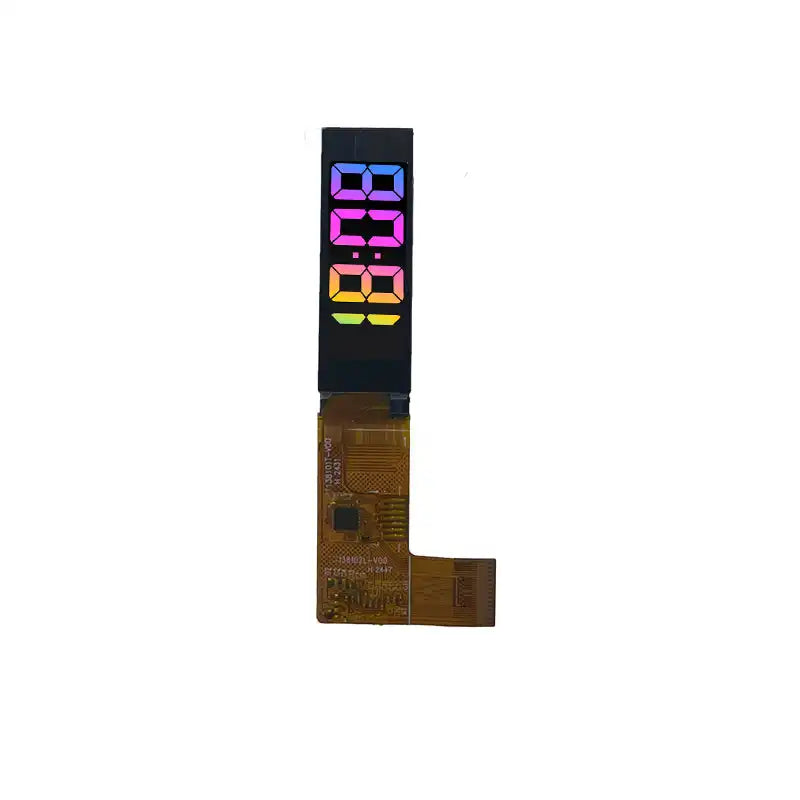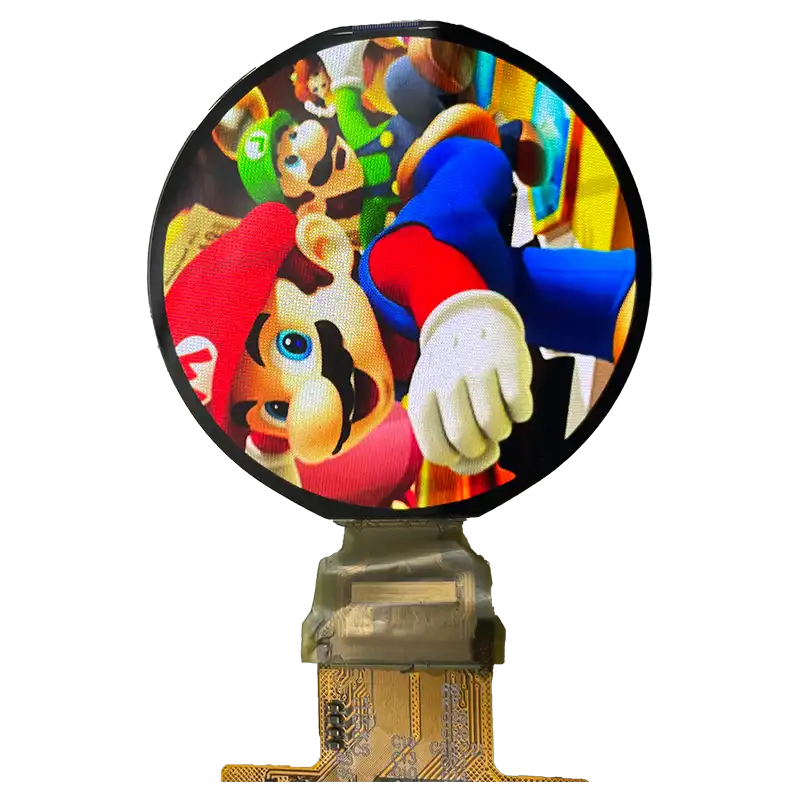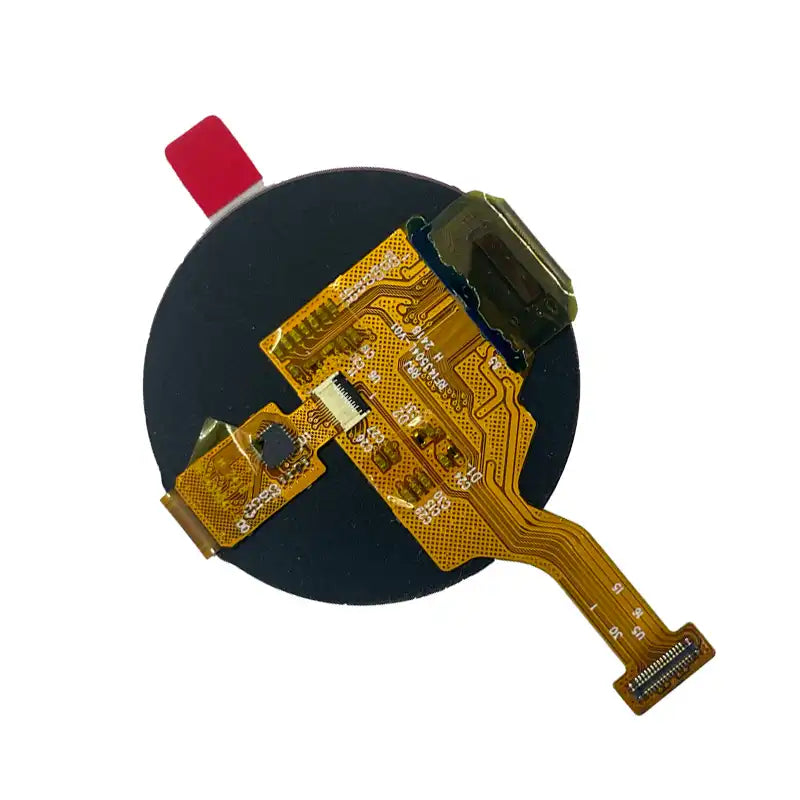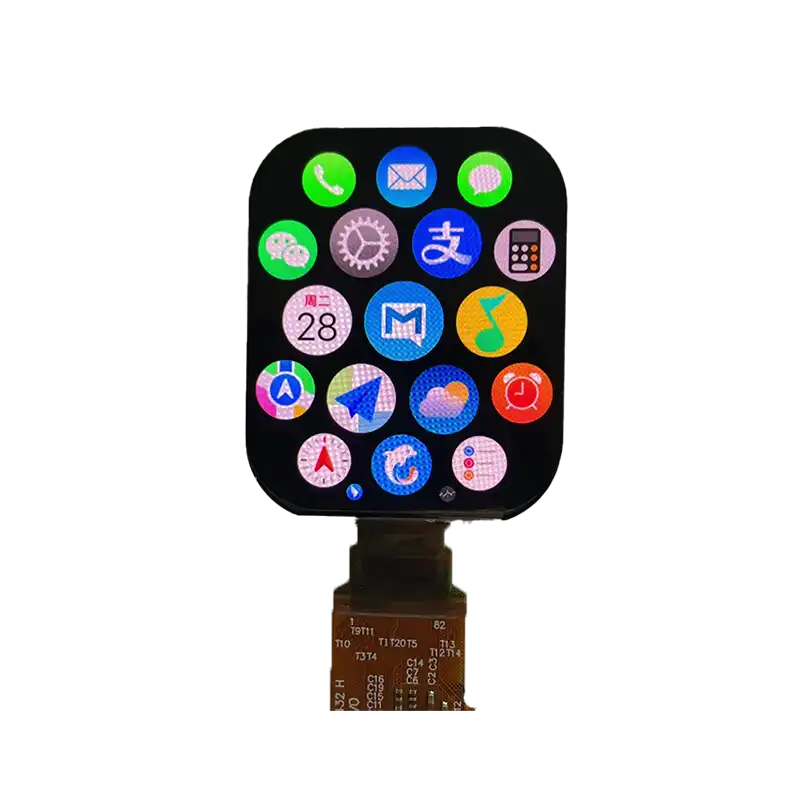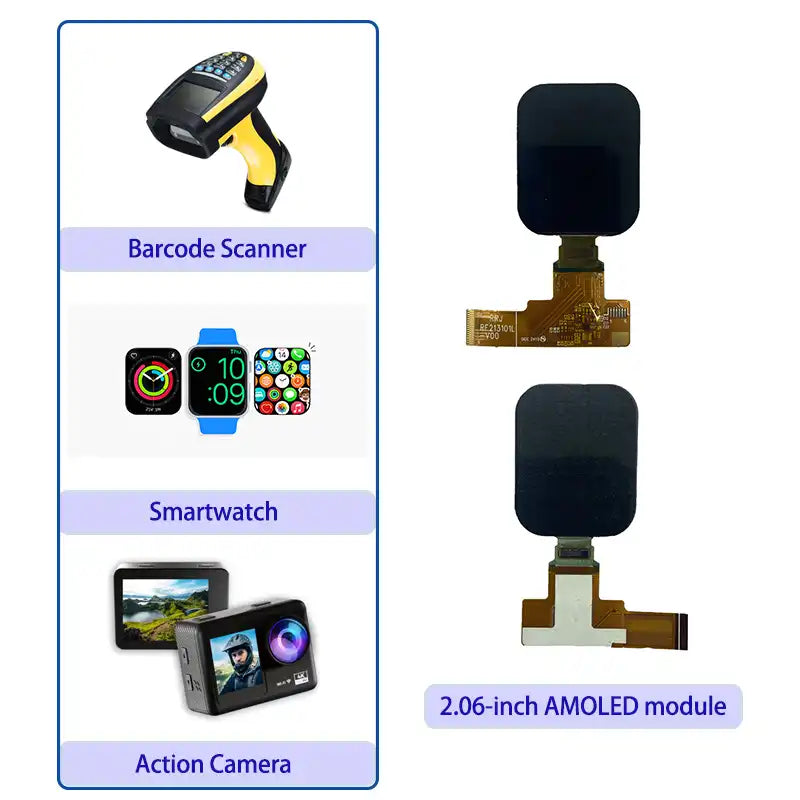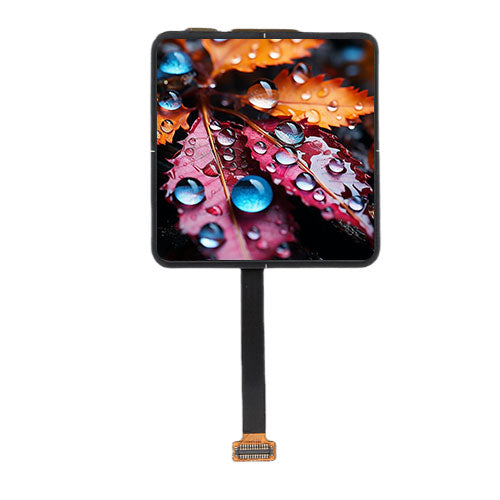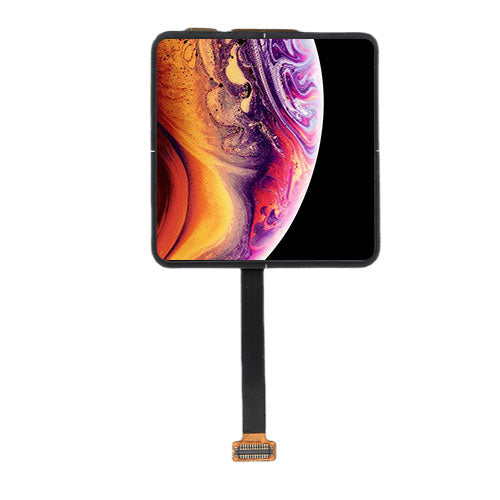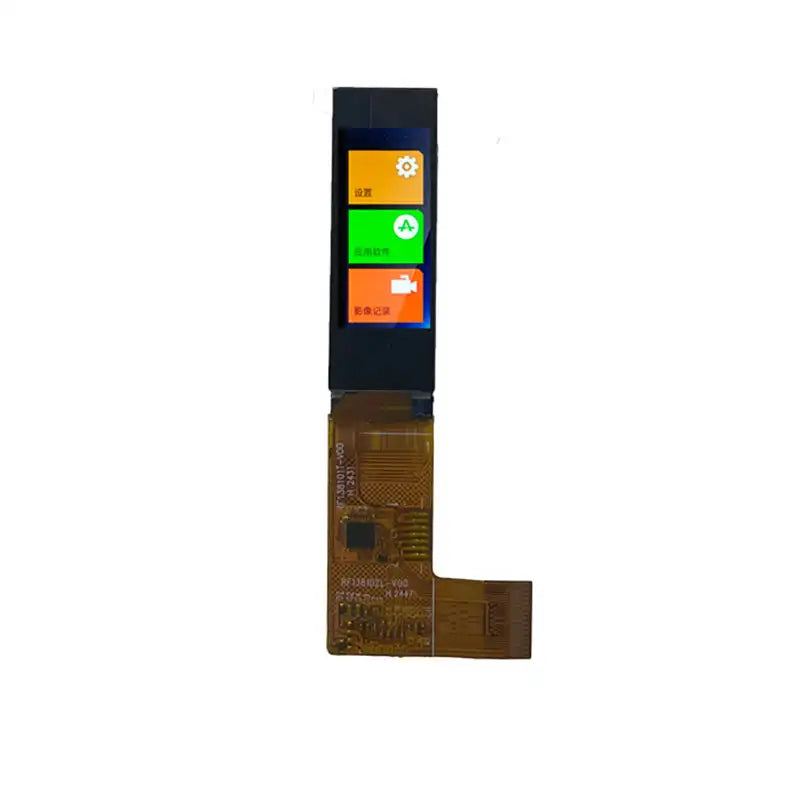
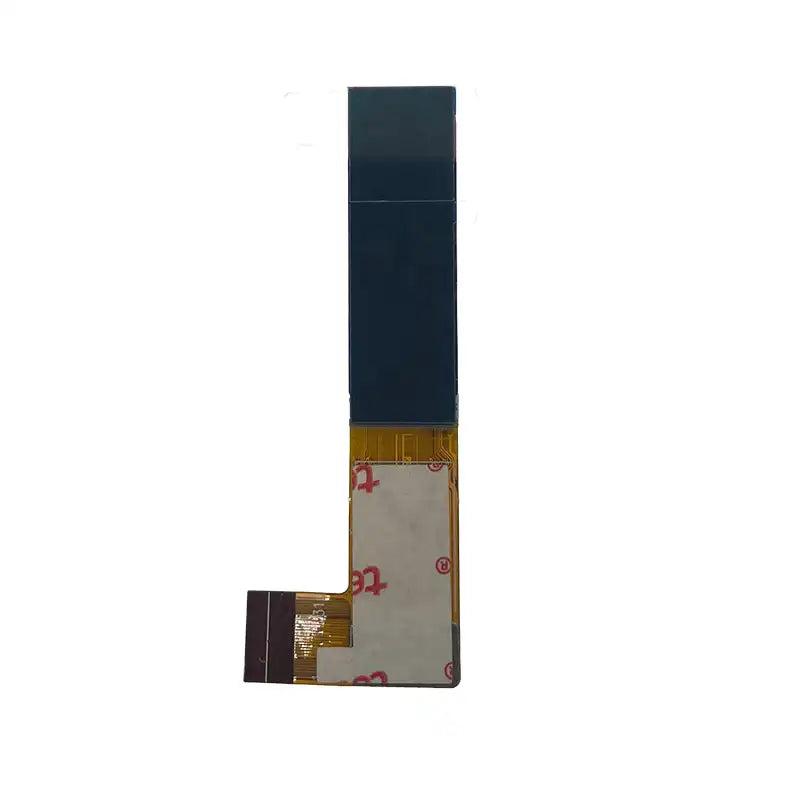
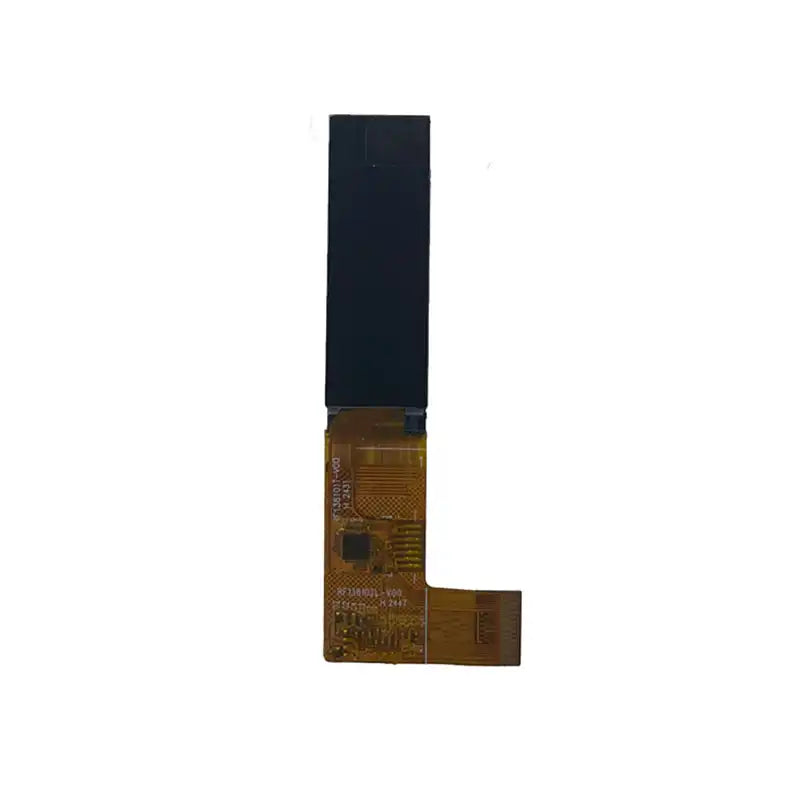
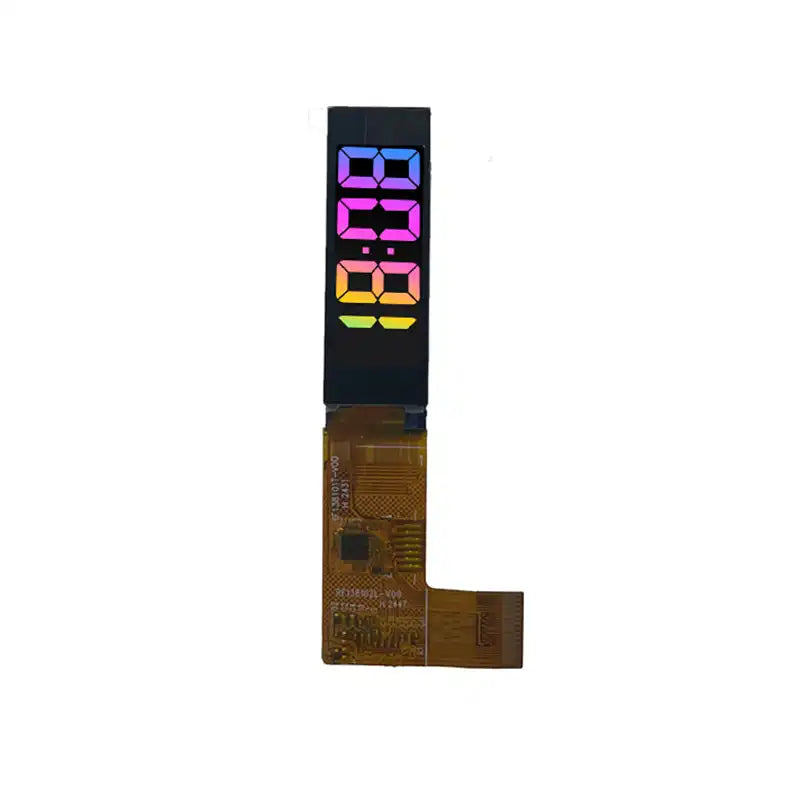
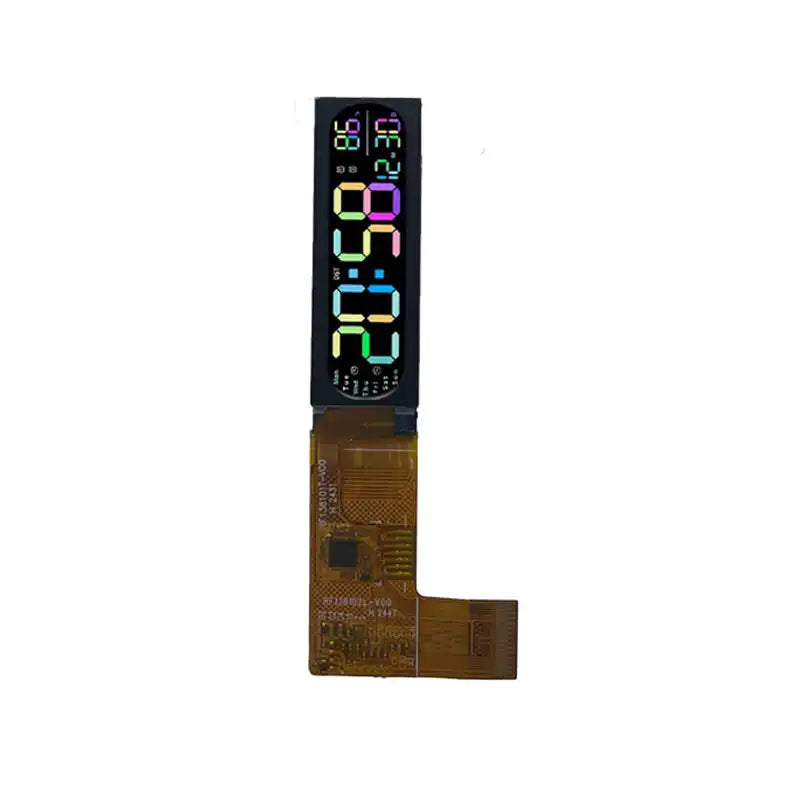
Introducing the 1.4" AMOLED Display Module
High-Performance AMOLED Display Solutions
The 1.4-inch AMOLED module (Model: BR140102-A1) from Shenzhen Brownopto Technology Co., LTD is a compact yet powerful display solution tailored for next-generation devices. Featuring 128 × 400 resolution, QSPI/SPI/Dual SPI interface, and a robust ICNA3306 driver, this module ensures excellent brightness, contrast, and wide viewing angles, making it ideal for wearables, IoT devices, and portable electronics.:contentReference
Key Features
- Display Size: 1.4 inch diagonal
- Resolution: 128 × 400 pixels
- Module Outline: 12.435 × 38.410 × 0.78 mm
- Active Area: 10.675 × 33.36 mm
- Display Colors: 16.7M (24-bit RGB)
- Interface: QSPI / SPI / Dual SPI
- Driver IC: ICNA3306
- Operating Temperature: -20°C ~ +70°C
- Storage Temperature: -30°C ~ +80°C
- Luminance: 600 nits (typ.)
- Contrast Ratio: 100,000:1
- Viewing Angle: 85° (all directions, CR ≥10)
- Lifetime: ≥200 hours (LT95 @25°C, white pattern)
Technical Specifications
| Parameter | Value |
|---|---|
| Display Size | 1.4 inch |
| Resolution | 128 × 400 pixels |
| Module Outline | 12.435 × 38.410 × 0.78 mm |
| Active Area | 10.675 × 33.36 mm |
| Brightness | 600 cd/m² (typ.) |
| Contrast Ratio | 100,000:1 |
| Viewing Angle | 85° all directions |
| Interface | QSPI / SPI / Dual SPI |
| Driver IC | ICNA3306 |
| Operating Temp. | -20°C to +70°C |
| Storage Temp. | -30°C to +80°C |
| Lifetime | 200 hrs (LT95) |
Application Scenarios
The 1.4-inch AMOLED module is designed for diverse compact devices where clarity, color accuracy, and power efficiency are critical:
- Wearables: Smartwatches, fitness trackers, and medical bands
- IoT Devices: Compact interfaces for smart home controllers
- Industrial Equipment: Control panels, handheld test tools
- Automotive: Instrument clusters and secondary displays
- Consumer Electronics: Portable music players, cameras, smart gadgets
Handling Precautions
- Avoid excessive mechanical shock or pressure on the active area.
- Prevent ESD damage by grounding during assembly and storage.
- Clean with IPA or soft cloth only; avoid harsh solvents.
- Do not attempt to disassemble the display module.
Resource download: specification
Ready to Integrate?
Contact us for samples, datasheets, or custom AMOLED design support.
Request a Quote
Featured collection
OLED Custom Solutions
Our company offers custom-made OLED solutions, tailored to your unique display needs, ensuring high-quality, precision, and satisfaction.
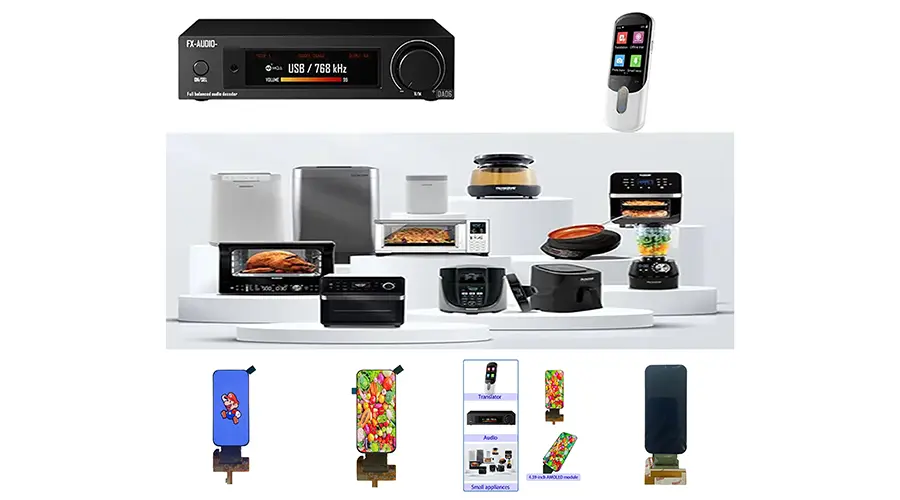
Size & Shape Customization
Tailor AMOLED dimensions and shapes (round, irregular, flexible/foldable) for wearables, phones, or industrial devices. Adjust form factors to match product design needs.
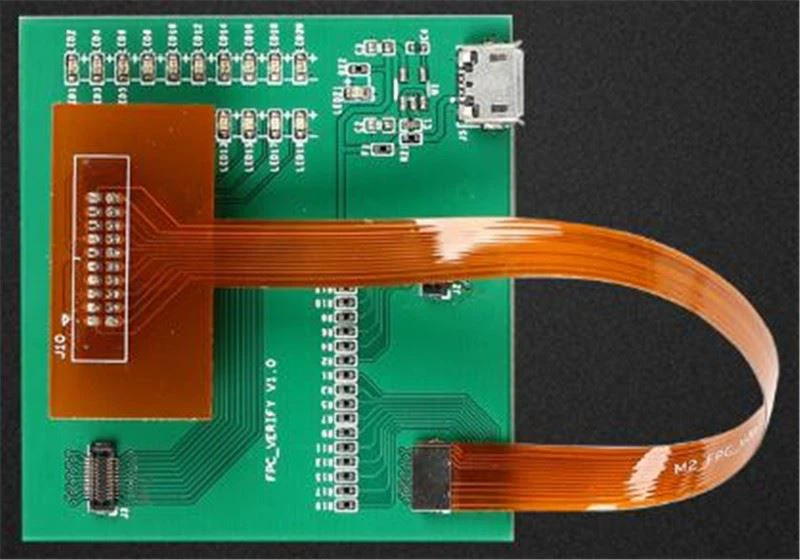
Resolution & Pixel Optimization
Offer HD to 4K+ resolutions and pixel densities for clarity. Enhance color accuracy and contrast for premium smartphones, tablets, VR/AR, and high-end displays.
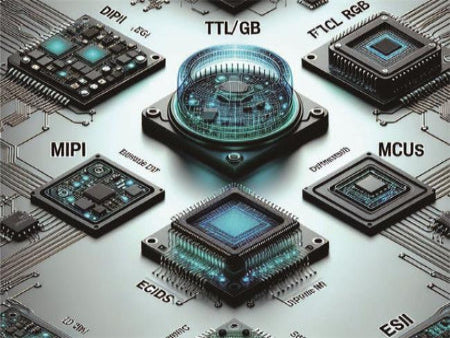
Interface & Driver Integration
Configure MIPI DSI/LVDS interfaces and driver ICs for seamless hardware compatibility. Add capacitive touch support for mobile, automotive, or industrial systems.
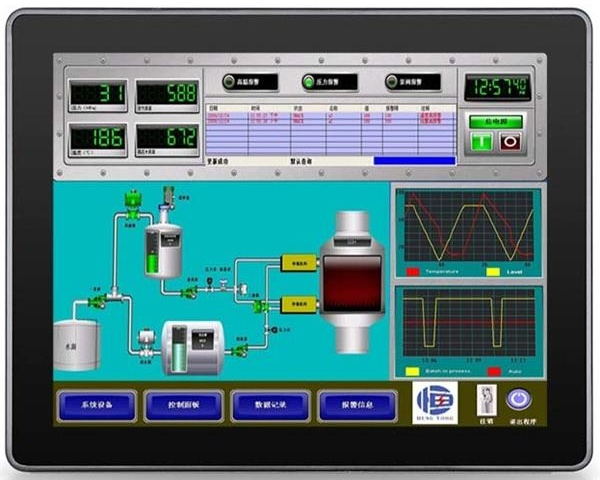
Optical & Durability Enhancements
Add anti-glare coatings, higher brightness, and IP-rated protection. Optimize for extreme temperatures, ensuring durability in outdoor, military, or harsh environments.
FAQ
Questions about OLED Displays
1. What factors affect the cost of a custom OLED?
- Size & complexity: Larger or flexible designs increase costs.
- Resolution/pixel density: Higher specs (e.g., 4K) require advanced manufacturing.
- Material quality: High-end materials (e.g., anti-glare coatings) add to pricing.
- Minimum order quantity (MOQ): Smaller batches may incur higher per-unit costs.
2. How long does it take to produce a custom OLED?
- Lead time: Typically 4–8 weeks after design approval, depending on complexity.
- Prototyping: Sample production takes 2–3 weeks for verification.
- Mass production: Delays may occur for high-volume orders or specialized components.
3. Can I request a flexible or foldable OLED?
- Yes, but with limitations:
- Flexibility: Curved designs require specialized substrates (e.g., polyimide).
- Durability: Foldable OLEDs need reinforced layers to prevent cracking.
- Cost: Flexible/foldable options are 20–50% more expensive than rigid panels.
4.How is the reliability of custom OLEDs tested?
- Key tests:
- Lifetime testing: Accelerated aging (e.g., 85°C/85% RH for 1,000 hours).
- Mechanical stress: Flexibility/folding endurance (100,000+ cycles for foldables).
- Environmental resistance: UV exposure, humidity, and thermal shock testing.
- Performance metrics:
- Luminance retention: >90% brightness after 10,000 hours.
- Color stability: Delta E < 3 for consistent color accuracy.
- Supplier accountability: Reputable manufacturers provide test reports and warranties (e.g., 2–5 years).
5.What industries benefit most from custom OLEDs?
- Consumer electronics: Smartphones, wearables, tablets.
- Industrial/medical: Control panels, diagnostic displays.
- Automotive: Dashboard screens, infotainment systems.
- Retail/entertainment: Digital signage, AR/VR headsets.

